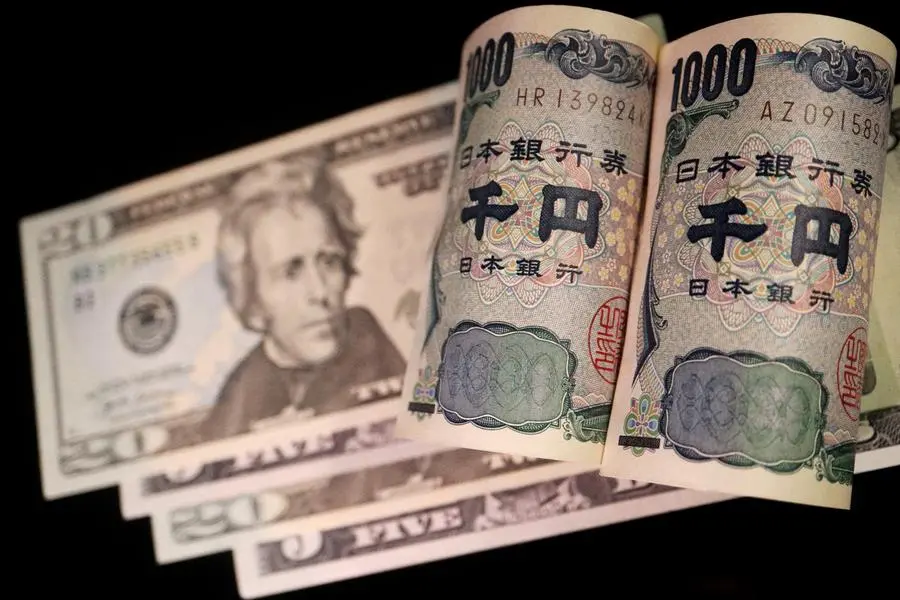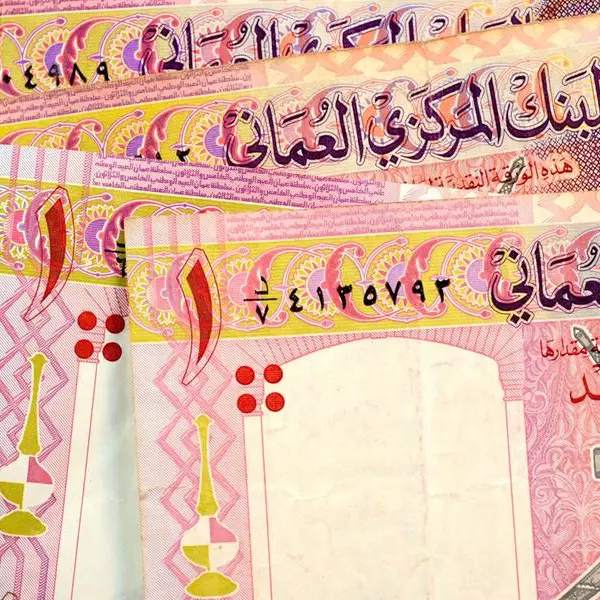PHOTO
The dollar hovered near a one-month peak against the euro on Tuesday, and touched a one-week high versus the yen as traders braced for crucial U.S. inflation data and Federal Reserve interest rate forecasts.
The U.S. currency was supported by higher Treasury yields in the aftermath of surprisingly robust domestic jobs data on Friday, which triggered a dramatic paring of bets for Fed rate cuts this year.
The Bank of Japan will set its policy on Friday. While Investors expect a reduction in the central bank's monthly government bond purchases as early as this meeting, gaping yield differentials with the U.S. have kept the yen on the defensive.
The dollar added 0.15% to stand at 157.275 yen after earlier touching its highest since June 3 at 157.39.
The euro was flat at $1.0764. It slid to as low as $1.0731 on Monday, a level last seen on May 9, after gains by the far right in European Parliament elections and French President Emmanuel Macron called a snap election.
"Worries about the prospect of gains for the populist-right in Europe have usually been associated with euro-dollar weakness, as in 2017," said Thierry Wizman, global forex and rates strategist at Macquarie.
"We expect some of the same pressure now too. It's one reason why we stick to our view that euro-dollar gets to 1.05, and lingers there."
The far-right National Rally was forecast on Monday to win a snap election in France but fall short of an absolute majority in the first opinion poll published after Macron's shock decision to dissolve parliament.
Derek Halpenny head of research, global markets at MUFG sees the euro-dollar testing of the bottom of the current trading range between 1.0500 and 1.1000 in the run up to the first round of French elections "as market participants move to increase the political risk premium priced into the European Union by 2-3%".
Sterling was was down 0.1% at $1.2714 after Britain's the unemployment rate rose in April, despite another month of strong wage growth.
The dollar index, which measures the greenback against the euro, sterling, yen and three other major peers, was little changed at 105.19, after reaching 105.39 on Monday for the first time since May 14.
Economists polled by Reuters expect headline U.S. consumer price inflation to ease to 0.1% from 0.3% last month, and core price pressures to remain steady on the month at 0.3%.
The Fed is widely expected to maintain status quo at the conclusion of its two-day policy meeting Wednesday, but officials will update their economic and interest rate projections.
Should the Fed dot plot reflect just one expected cut for 2024, the market would see this as a hawkish signal from the committee, likely prompting another knee-jerk leg higher in the greenback, analysts argued.
In this scenario, Fed chief Jerome Powell could downplay the significance of the dot plot again, in a move which could limit the dollar upside.
Markets are currently pricing in only 37 basis points of cuts by December, which implies an around 50% chance of a second cut this year.
Many analysts and investors expect a 1 trillion yen ($6.4 billion) drop in the BOJ's bond purchases to around 5 trillion yen per month, following media reports hinting at such a change from Reuters and other outlets.
"The danger here for the BOJ is a 'buy the rumour, sell the fact'-type reaction," which "catapults" the dollar through technical resistance at 157.70 yen," IG market analyst Tony Sycamore said.
The BOJ and the Japanese government are aligned on trying to limit yen weakness from scuppering a sought-after cycle of mild inflation and steady wage increases.
The currency's plunge to a 34-year low of 160.245 per dollar in April-end sparked several rounds of official Japanese intervention worth a total of 9.79 trillion yen. ($1 = 157.1400 yen)
(Reporting by Kevin Buckland and Stefano Rebaudo; Editing by Edwina Gibbs and Rashmi Aich)





















